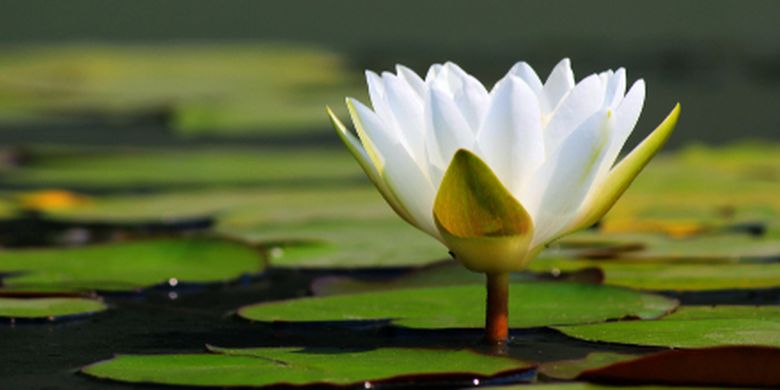Water lilies, known as “teratai888” in various parts of the world, have captured the hearts and imaginations of people for centuries. These exquisite aquatic plants belong to the Nymphaeaceae family and are renowned for their ethereal beauty and cultural significance. Teratai can be found in ponds, lakes, and slow-moving rivers, adding a touch of serenity and charm to their aquatic habitats.
The Marvelous Varieties of Teratai One of the most enchanting aspects of teratai is the incredible diversity of species and cultivars. From the classic white water lily (Nymphaea odorata) to the vibrant red varieties like the ‘Red Flare’ water lily, these aquatic gems come in a wide range of colors and shapes. Each type boasts its unique allure, making teratai a favorite choice among water garden enthusiasts.
A Symbol of Beauty and Enlightenment Teratai holds special cultural significance in various parts of the world. In Hinduism and Buddhism, the water lily is a symbol of purity, enlightenment, and the divine. It is often associated with deities like Saraswati and Buddha, emphasizing the spiritual and serene qualities of these stunning flowers.
The Ecological Importance of Teratai Beyond their aesthetic appeal and cultural symbolism, teratai play a crucial role in aquatic ecosystems. Their floating leaves provide shade and shelter for fish, frogs, and other aquatic life, helping maintain the delicate balance of these ecosystems. Moreover, their submerged roots help improve water quality by absorbing excess nutrients, making them invaluable for maintaining the health of ponds and lakes.


